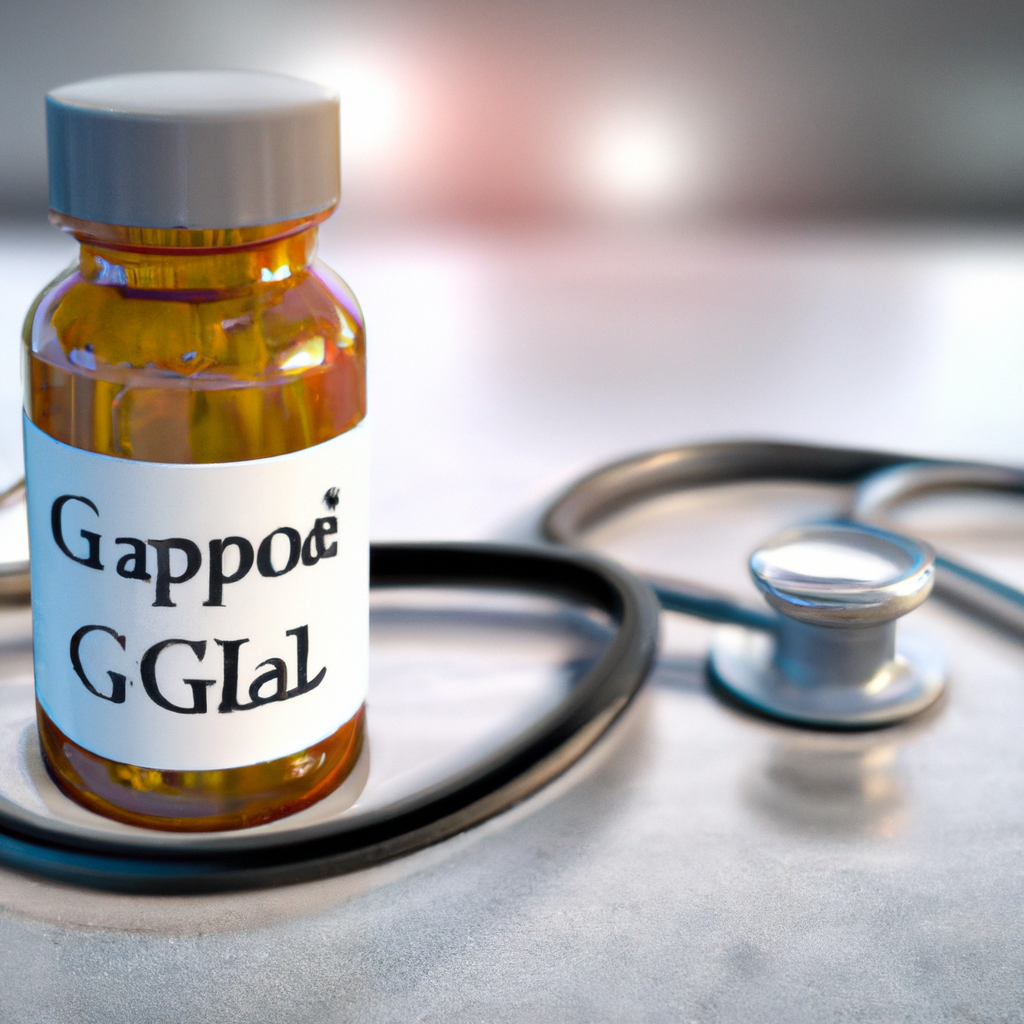The use of GLP-1 medications is rising among individuals without diabetes, while new prescriptions for those with diabetes are declining, according to a recent study published in the Annals of Internal Medicine.
The findings highlight a growing concern about the potential scarcity of these medications. GLP-1 drugs, which mimic a hormone that regulates blood sugar and reduces appetite, were originally approved for the treatment of type 2 diabetes. However, in 2021, the FDA approved Wegovy, a GLP-1 treatment, for weight loss purposes.
Both Novo Nordisk and Eli Lilly are currently facing challenges in producing sufficient quantities of GLP-1 drugs, which include Zepbound, Mounjaro, Wegovy, and Ozempic, in response to the increasing demand.
Researchers from Cedars-Sinai Medical Center and other institutions studied medical records from 45 million Americans who made at least one doctor visit between 2011 and 2023. They discovered that the percentage of new GLP-1 users with type 2 diabetes decreased from nearly 90% in 2019 to over 70% in 2023. Conversely, the proportion of new GLP-1 users without type 2 diabetes rose from 10% to 25%.
Yee Hui Yeo, co-first author of the study, noted that this trend indicates more healthcare providers are recognizing the benefits of these medications for obesity treatment. However, it also raises concerns regarding the availability of medications and access for diabetes patients.
The analysis utilized data from TriNetX, a healthcare software company, which might not be fully representative of the national population.
Over recent years, GLP-1 drugs have gained popularity thanks to their appetite-suppressing effects, enabling users to lose up to 26% of their body weight.
The surge in sales of these drugs has propelled Eli Lilly and Novo Nordisk to become two of the world’s most valuable pharmaceutical companies. However, the high demand has led to challenges for some patients in obtaining their prescriptions. Both companies have invested billions to enhance their production capabilities.
Analysts at Morgan Stanley project that the global market for GLP-1 medications could reach $105 billion by 2030, with an estimated 31.5 million people in the U.S.—approximately 9% of the population—expected to adopt these drugs by 2035.
